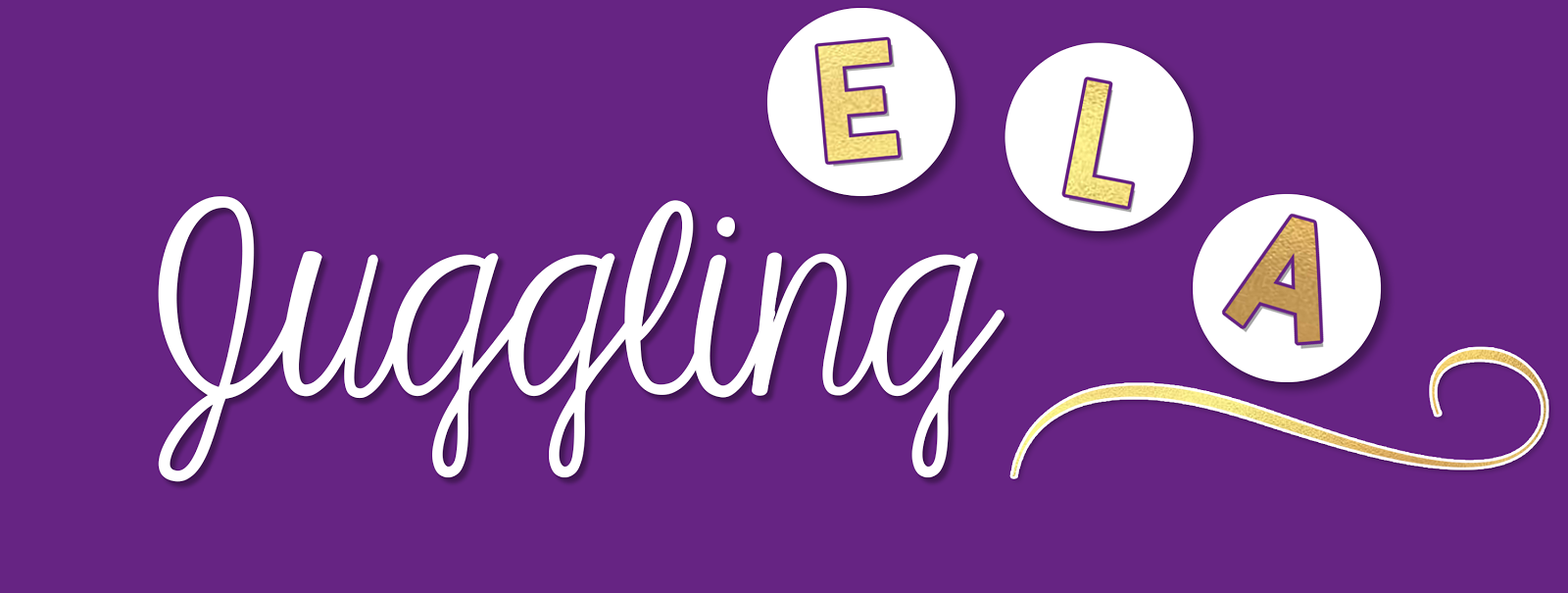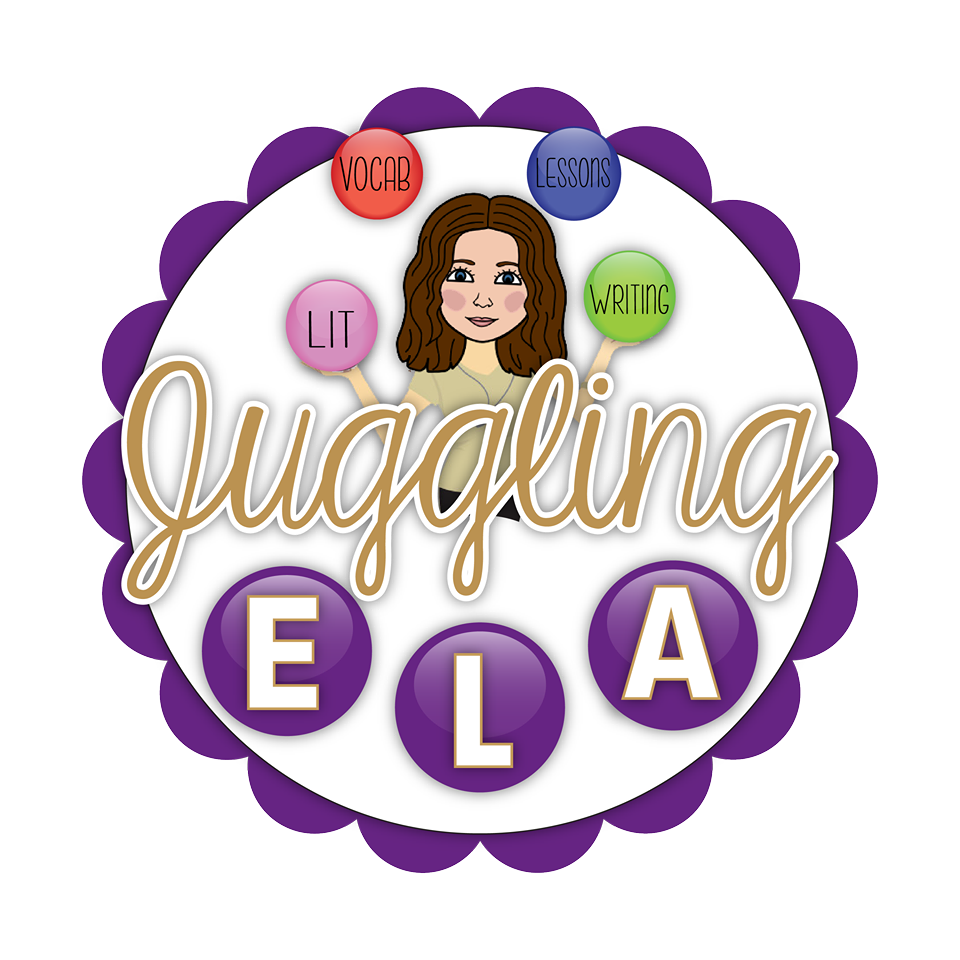Bringing New Technology to the Old Classroom
We have learned a lot in the past year. Not only did we learn how to live during a pandemic, we also learned how to teach. Teaching whether you were in-person, online, or some combination of the two was something none of us could really prepare for. However, we adapted! We found creative ways to use technology to enhance the learning experience and still meet the standards that are set before us. Even though many of us are going back to the classroom, we need to take what we learned and use it to make the classroom experience even better for students and more efficient for ourselves!
Long Live Online Platforms
Many of us found ways to use online platforms like Google Classroom to manage student resources, classwork, and assessments. With this, we hopefully learned how we can get a break from grading if we use things like Google Forms. For this reason and a few others, we need to bring the online platforms into the classroom. Not only do you have some teacher time-saving tools, you also have instant feedback for students, an accessible area to put work for students who miss class, and a parent communication tool that will keep everyone in the loop. Keeping these online platforms can make for simpler grading and better communication and organization.
Don’t Throw Away Recordings
Teachers used recording tools, like Google Meets and Zoom, to record lectures, tips and tricks, and to do read alouds. Instead of throwing Zoom in the trash (like many of us want to), you can use it to your advantage. There are going to be times students can’t be there. When that happens, all you need to do is hit the record button and then put it online when you have a moment. Then, your student who is missing as a simple recording to get them started. Plus, if they are gone for a length of time, they have a way to get caught up without having to spend hours upon hours with you before or after school.
Holding Onto New Methods
When we went virtual, teachers had new planning to do. Really, we had a whole new education system to create. Because of this, teachers found more effective ways for students to practice and access. From taking pictures to doing video recordings, students found different ways to show their knowledge. Not only does this use a different type of learning, it is also a different type of assessment which can make differentiation way easier for you!
Making Technology Part of Your Core
Instead of
going back to the “same old thing,” take what you have learned and make it the
center of your classroom. In the past, you may have used worksheets as the go
to method of checking for understanding. With technology on your side, you can
do so much more than a worksheet! With technology, you can use pictures,
Prezis, games, and more to assess student understanding. If you use online
platforms like Google Forms, Kahoots, or Boom Cards, you can get instant
feedback to your students and ready-made reports which makes less work for you.
As teachers, we all did so much work to make it work last year. We became scholars again. Many of us spent our own money for various memberships and activities. It’s so important we don’t just throw all that work away. Take all the new you learned and make it part of the old classroom.














